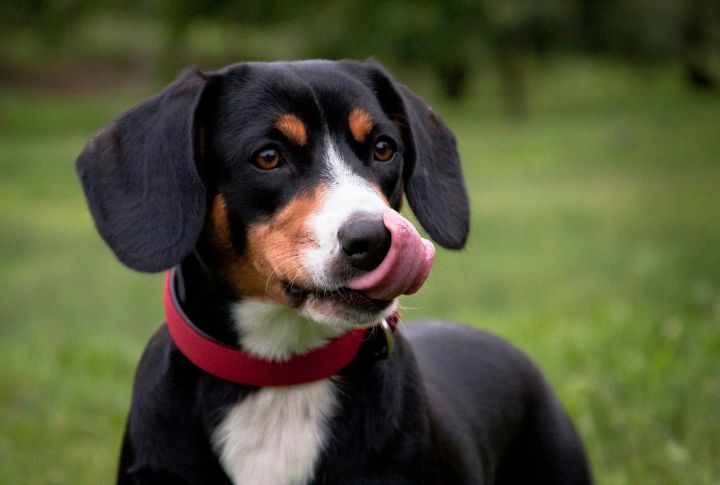
Meet the charming Entlebucher mountain dog, a small but energetic Swiss breed with a distinctive coat and an irresistible “smile.” Fondly known as the “laughing dogs of the Swiss Alps,” this hidden gem is waiting to be discovered. Read on to learn more about the loyal and loving nature of the Entlebucher and how they can bring boundless joy and companionship to your life.
Origins and History

The Entlebucher Mountain Dog, also known as the “Entle,” has a deep history in the Swiss Alps. It belongs to the Sennenhund group, which includes other Swiss mountain dogs like the Greater Swiss Mountain Dog, the Bernese Mountain Dog, and the Appenzeller Sennenhund.
Smallest Swiss Mountain Breed

Among the four Swiss mountain dogs, including Appenzeller Sennenhund (18-22 inches), Bernese mountain dog (23-27 inches), and Greater Swiss mountain dog (24-28 inches), the Entlebucher is the smallest. It stands between 16-20 inches (40-50 cm) tall and weighs 45-65 pounds (20-29 kg), making it a compact but sturdy companion. Despite its smaller size, it’s no less significant.
Roman Origins
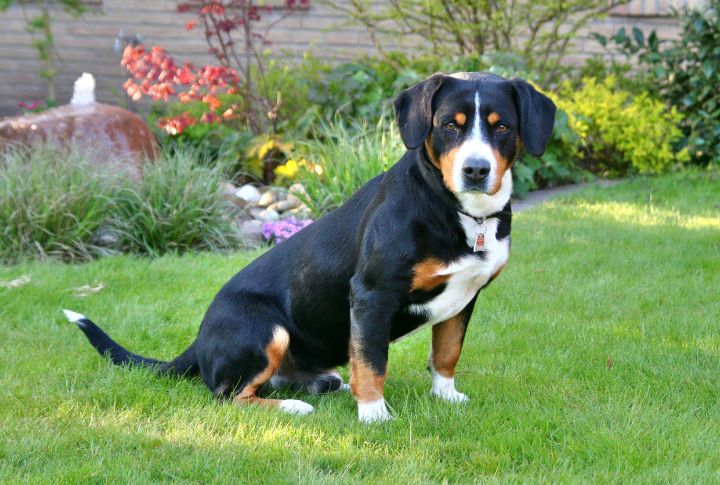
The breed’s roots trace back over 2,000 years to when the Romans invaded the Swiss Alps. They brought large Mastiff-type dogs, which eventually interbred with local herding dogs, giving rise to the predecessors of the modern-day Entlebucher.
Herding Prowess

Entlebuchers were indispensable working companions for Alpine herdsmen. Renowned for their herding prowess, they adeptly guided and guarded cattle in the challenging and rugged terrain of the Swiss Alps.
Agility and Intelligence

These dogs are agile and intelligent, making them essential partners in the region’s agrarian lifestyle. Their unwavering loyalty further solidified their role as valuable herders.
Decline and Preservation

As the Industrial Revolution transformed agriculture, the need for skilled herders declined. However, a group of devoted enthusiasts stepped in to safeguard the Entlebucher breed. Through their efforts, breed standards were established by the early 20th century, ensuring the preservation of this unique breed for generations to come.
International Recognition

The Entlebucher gained international recognition in the 20th century, especially after being officially recognized by the Swiss Kennel Club in 1927.
Distinctive Appearance

Entlebuchers have a short, powerfully built body. Their tri-color coat—black, white, and tan—sets them apart, along with their expressive eyes and alert expression.
Personable Attitude
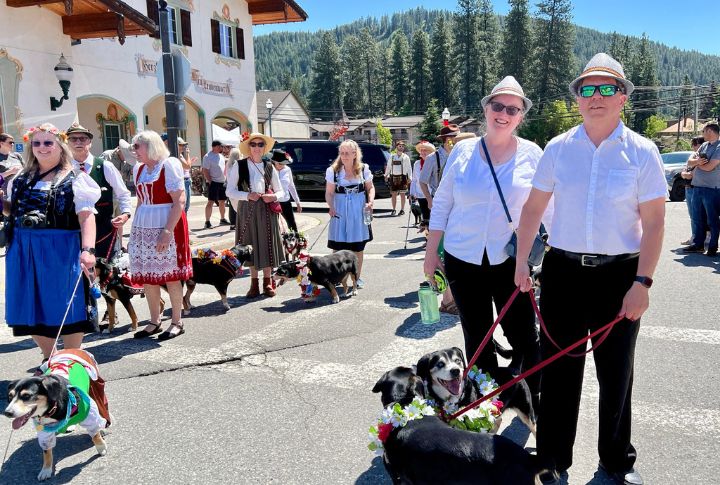
These canines are known for their friendly and personable attitude. They form strong bonds with their families and thrive on companionship.
Loyal Companions
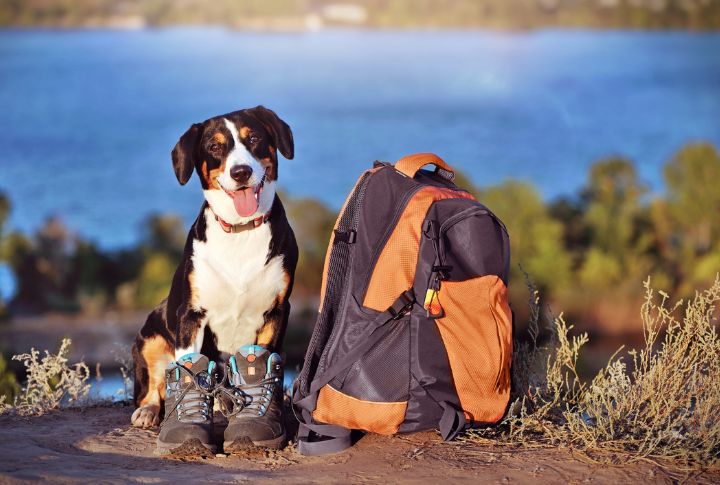
The breed is fiercely loyal. Whether working alongside farmers or relaxing at home, they remain devoted to their human companions.
Adaptability

Despite their herding background, Entlebuchers adapt well to modern life. They can be both working dogs and cherished family pets.
Exercise Needs

Regular exercise is essential for this breed. They enjoy physical activities like hiking, agility training, and playtime in the yard.
Socialization

Entlebucher mountain dogs require early socialization (8-12 weeks) to develop confidence and calmness. They are sensitive to criticism and need positive reinforcement, consistent boundaries, and gentle correction. Socialization with people, animals, and environments and exposure to new experiences like hiking and agility training are vital.
Health Considerations

Regular veterinary check-ups combined with a balanced diet can prevent health issues in Entlebuchers. They can be susceptible to elbow dysplasia, progressive retinal atrophy, allergies, bloat, patellar luxation, and cardiac issues like subvalvular aortic stenosis. Working with a reputable breeder and prioritizing health care is crucial.
Breeding Requirements
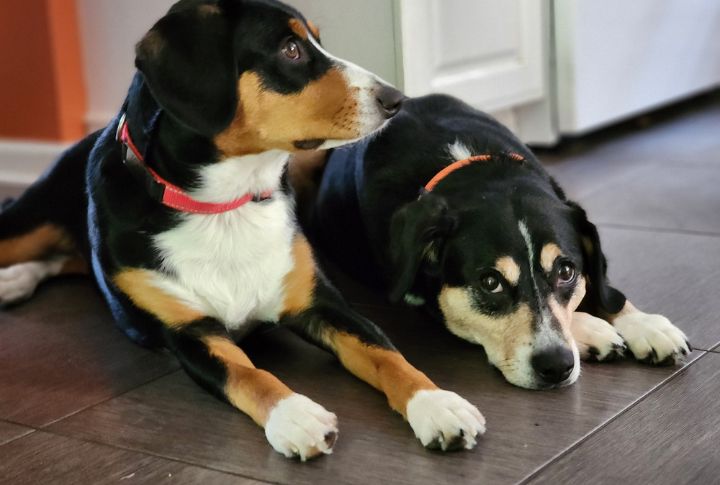
Responsible breeding practices will preserve their unique characteristics and herding instincts. Breeders should prioritize health, temperament, and genetic diversity. Breed clubs and registries, like the American Kennel Club (AKC), can provide guidelines and resources for responsible breeding practices.

Comments
Loading…